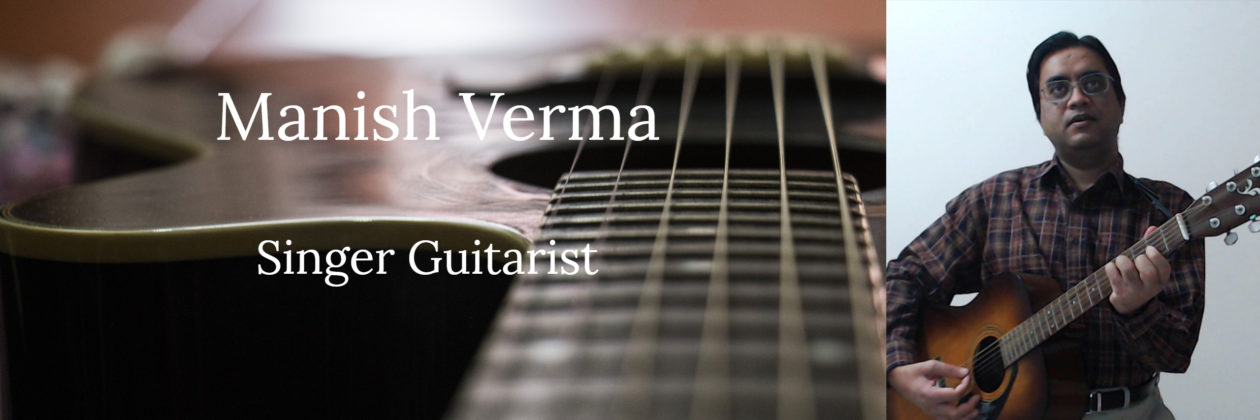
Indian classical music is a rich and ancient tradition that has been passed down for thousands of years. It is characterised by its use of intricate melodies and rhythms, and is heavily influenced by spiritual and religious themes.
There are two main forms of Indian classical music: Hindustani and Carnatic. Hindustani music, which originated in northern India, is known for its emphasis on improvisation and the use of a wide range of musical scales. Carnatic music, which originated in southern India, is known for its highly structured compositions and its use of complex rhythms.
One of the most important elements of Indian classical music is the raga, a melodic framework that serves as the foundation for a piece of music. Each raga has its own unique set of notes, scales, and rules for improvisation, and is associated with specific emotions and moods.
Another important aspect of Indian classical music is the use of tala, or rhythm patterns. These patterns are used to structure the music and provide a framework for improvisation. Different talas are used for different types of music, such as devotional songs, dance music, and classical compositions.
Indian classical music is typically performed by a solo musician, accompanied by a group of percussionists. The most commonly used instruments in Indian classical music include the sitar, sarod, and tabla. Other traditional instruments include the bansuri (flute), veena (string instrument), and sarangi (string instrument).
In recent years, Indian classical music has gained popularity around the world, with many Western musicians and composers incorporating elements of Indian classical music into their own work. Indian classical music is also being taught in schools and universities, and there are many music festivals and competitions dedicated to this rich tradition.
